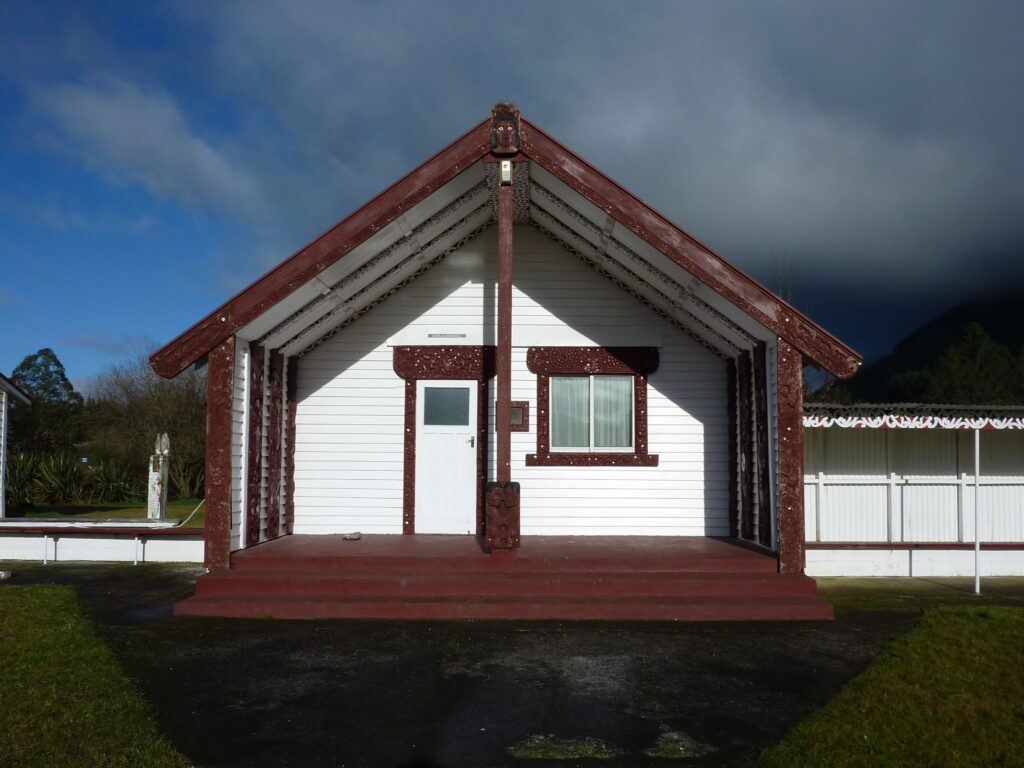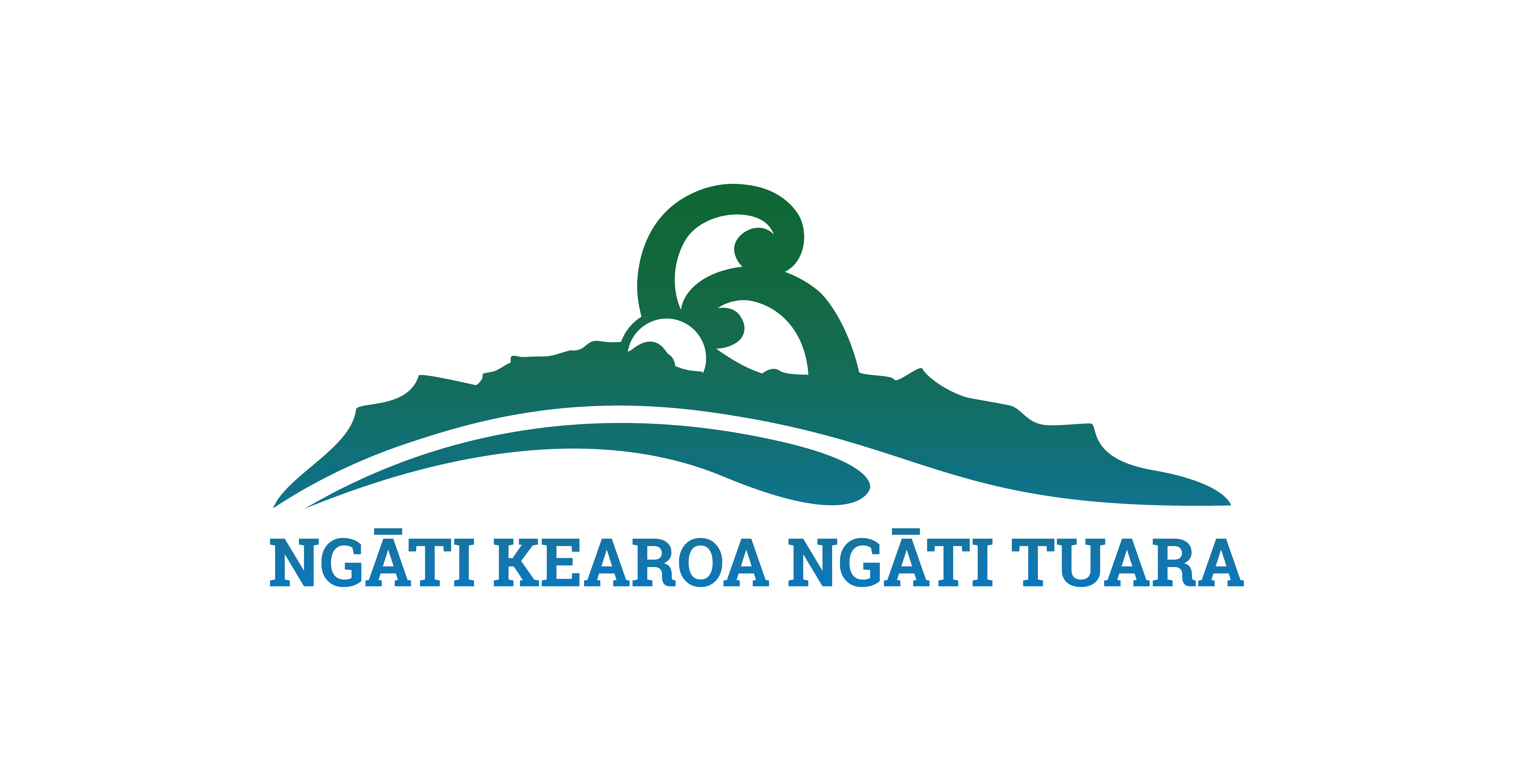OUR marae
Ngā Marae
The ancestral lands of Ngāti Kearoa Ngāti Tuara stretch over 45-50,000 acres from the base of Horohoro maunga to significant landmarks including Tihi-o-Tonga, Tarewa, and Patetere. Our whenua extends south towards Tokoroa and east to Tikorangi, framing the Matahana basin and circling back to Horohoro. Learn about the history and significance of Ngāti Kearoa Ngāti Tuara marae.
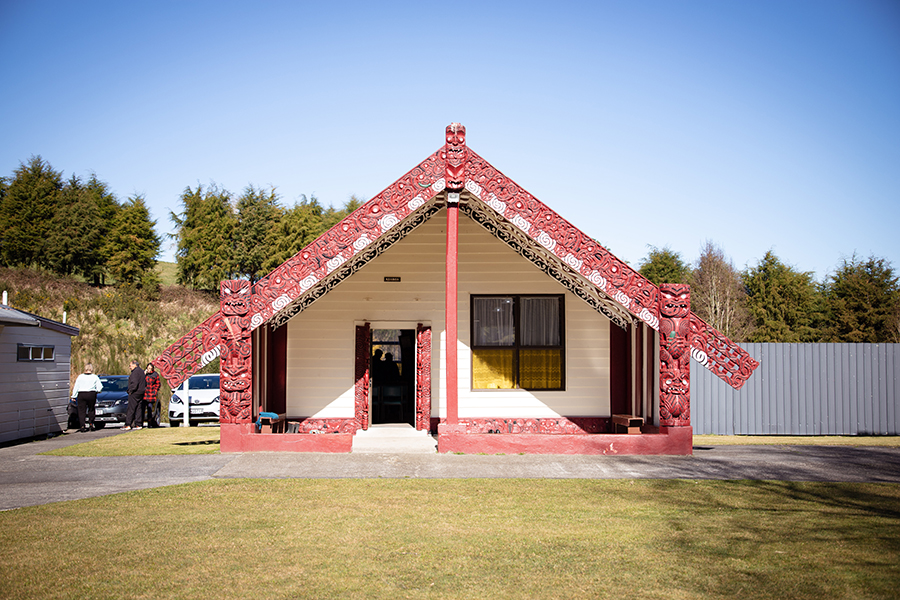
Kearoa Marae
Kearoa Marae is located 14 km south of Rotorua, nestled between the maunga (mountain) Horohoro and the awa (river) Pōkaitu. As one of the oldest Te Arawa meeting houses, it features three main whare:
- Kearoa – the whare tupuna (ancestral house)
- Te Oha a Te Uira – the wharekai (dining hall)
- Te Uira – the wharepuni (sleeping quarters)
This marae is regularly used for hui, wānanga, tangihanga (funeral ceremonies), and whānau reunions. The Kearoa Marae Committee manages the marae, including bookings, maintenance, and scheduling whānau working bees.
For marae bookings visit the link below:
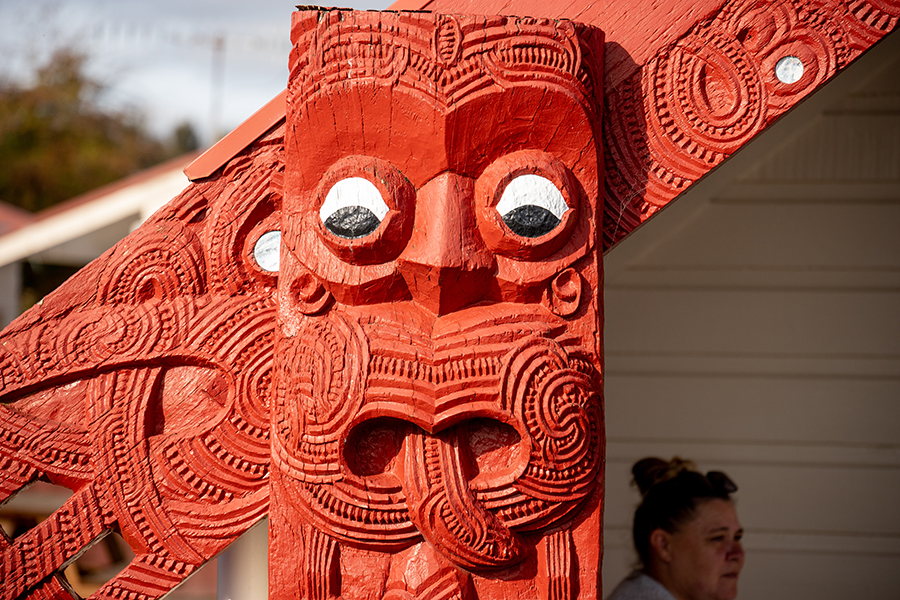
History and Carvings
The wharenui at Kearoa Marae was completed by skilled carvers in 1881 and officially opened in 1888. Notable Te Arawa carvers contributed to the intricate carvings and paintings, including Hohepa, Tu, Te Wheoro, Naera, Henare Taiamai, Te Hake, and Te Ruato. Some key features of the wharenui include:
- The amo (front supports) and koruru (carved figurehead) were carved by Hohepa.
- The maihi (sideposts) were carved by Tu, Te Wheoro, and Naera.
- The painting of the rafters, called ngā tuhituhi by Te Arawa, was completed by Henare Taiamai.
- The pare (lintel) was carved by Te Hake and Te Ruato.
In the early 20th century, Kearoa Marae was relocated to Tarewa Road around 1921 due to economic factors. However, with the Native Land Development Scheme introduced by Sir Apirana Ngata in 1929, the hapū (tribe) returned to their ancestral lands. The carved Kearoa Marae was re-erected at Horohoro, marking a revival of the hapū’s connection to the land and heritage.
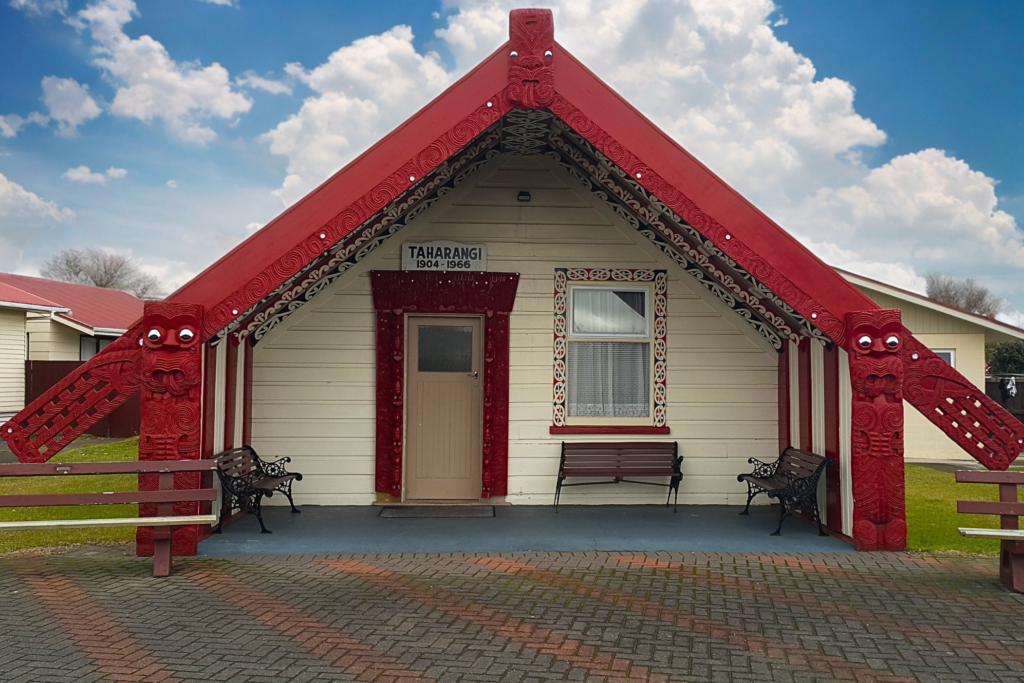
Tarewa Pounamu Marae
Tarewa Pounamu Marae is located on Tarewa Rd in central Rotorua and includes the following:
- Taharangi – the whare tupuna (ancestral house)
- Te Tuikahapa – the wharekai (dining hall)
- A wharepuni (sleeping quarters)
The Taharangi whare tupuna was built in 1903. Today, Tarewa Pounamu Marae is used regularly for social services and is a hub for Māori language classes, cultural learning, and various social activities. It is managed by the Taharangi Marae Committee.
Rongomaipapa Marae
Rongomaipapa Marae is located on Rongomai Road, not far from Kearoa Marae. It features three main whare:
- Maruahangaroa – the whare tupuna (ancestral house)
- Hine te Ata – the wharekai (dining hall)
- A wharepuni (sleeping quarters)
Constructed in the 1930s, Rongomaipapa Marae was built on Ngāti Kearoa Ngāti Tuara land, which was later gifted to Ngāti Kahungunu settlers as part of the Māori Land Development Scheme. The marae is named Rongomaipapa to honor the whakapapa (genealogical connections) between Te Arawa and Ngāti Kahungunu. Today, it continues to serve Māori whānau in the district.
The marae is overseen by six trustees, with half from Ngāti Kea Ngāti Tuara and half from the whānau. For inquiries and bookings, email: secretary@rongomaipapa.com
